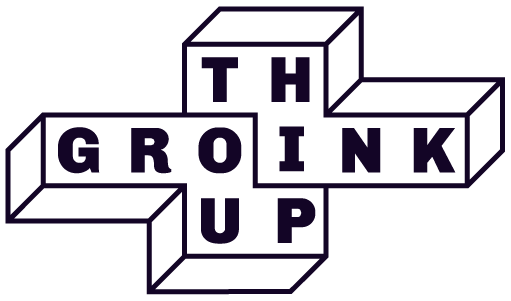How to make the most of your marketing objectives
Ah yes, marketing objectives. They’re wonderfully over-used in meetings, and yet so… wonderfully vague? We’ve all been there. We ask for the objectives for a particular piece of work, and we either get back a very imprecise “it’s about awareness” or a very overwhelming “it’s these 5 things, please”. Either way, yuck.
But there’s hope. Here are some of the things we’ve learned from working in strategy, and discussing with other strategists, about how you can get the most out of marketing objectives. Oh, and there’s some gifs because f#ck it, if this job isn’t fun then what is?
1. Objectives ≠ KPIs
Objectives are given to you. You rarely get the chance to challenge them. But know that an objective is not a KPI. An objective is what you want to achieve. A KPI is how you’ll measure if you’ve achieved it. Make sure these two things are always separate, and if they’re not you have our permission to moan for a bit to the client services team. But seriously, you need this distinction to do your job well.
2. Good objectives = good strategy work
There are different types of objectives, and they come from good strategy work. The business strategy gives you a business objective (e.g. increase market share of our snacking product for toddlers by 100% in 2 years). Based on this, the marketing team then defines the marketing objective (e.g. by positioning the new product as a complement to fruits and vegs and a substitute to packaged snacks). This then informs the comms strategy team, who define the communications objective (e.g. by positioning the new product as a tiny meal in between meals). And this last bit becomes what creatives need to do! But without knowing all the upfront stuff, it’s a false start. Know what the business needs before getting to what the comms need! Good?
3. You can unpack vague objectives
Sometimes – well, often – we get vague objectives to work with. The classic is when it only focuses on a part of the marketing funnel, like when it asks you to increase awareness among millennials. This often means your client either hasn’t done their marketing strategy, or need a bit of help with it, or they’re not communicating it properly to you. You can overcome this by asking questions about their marketing strategy (e.g. how do you intend to do this? What guidance can you give us?). Or do some of the strategy work yourself and find the “by” (as in the last part of a Get / To / By). Then, put yourself in the shoes of your creatives and see if 1) it’s actionable, and 2) it can help you and everyone else guide and judge the work. Vague objectives = confusion.
4. And if you disagree with the marketing objective?
Look, it happens. Sometimes the marketing strategy work is done but you disagree with it. There are a couple of things you can do here. First, figure out if it’s a fundamental disagreement (hopefully your agency has the relationship to handle the challenge with access to the CMO) or it’s an optimisation on top of what you were given. If it’s the first one, have a chat with your boss or the MD. You might lose the business if that’s the case. However, If you change their mind, you’re officially Saul Goodman, so go you! Lastly, if you can’t challenge it, just run with it. Your job is now about “how am I going to achieve X”. It’s not ideal, but hey… nothing ever is. 😘
Want to come to our strategy events and discuss more stuff like this? Become a Group Think member below. It’s all free.

